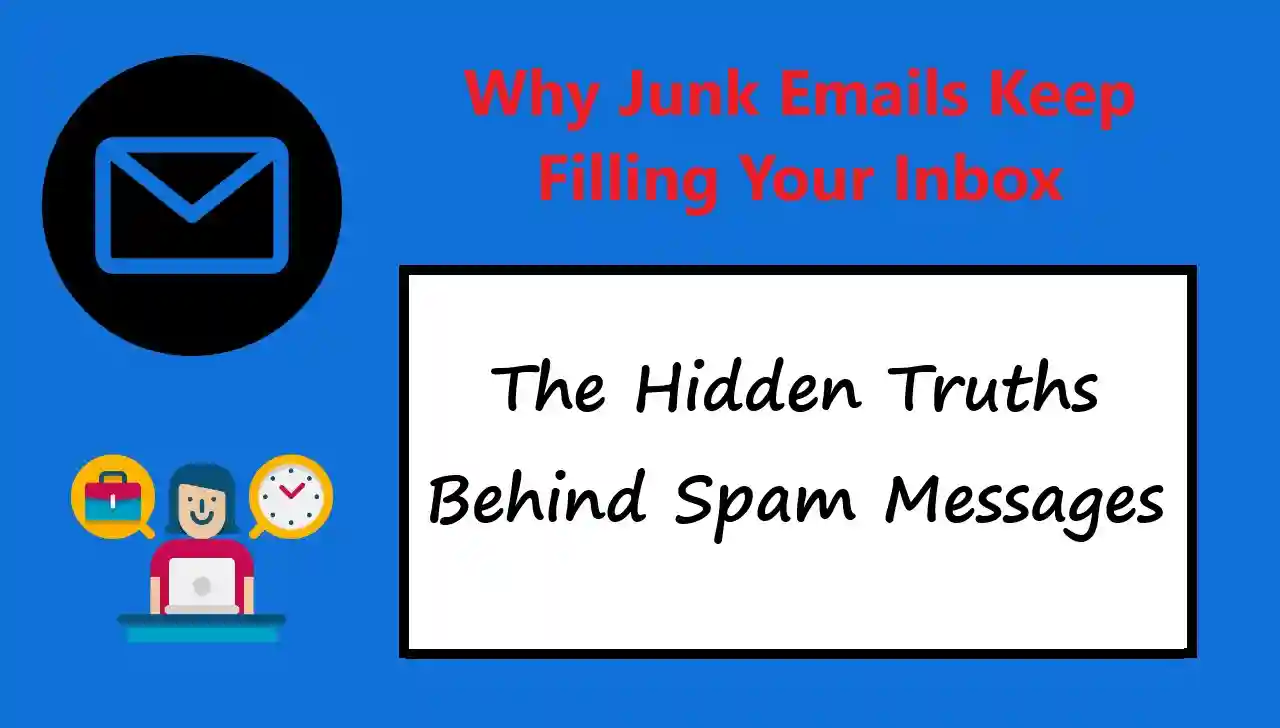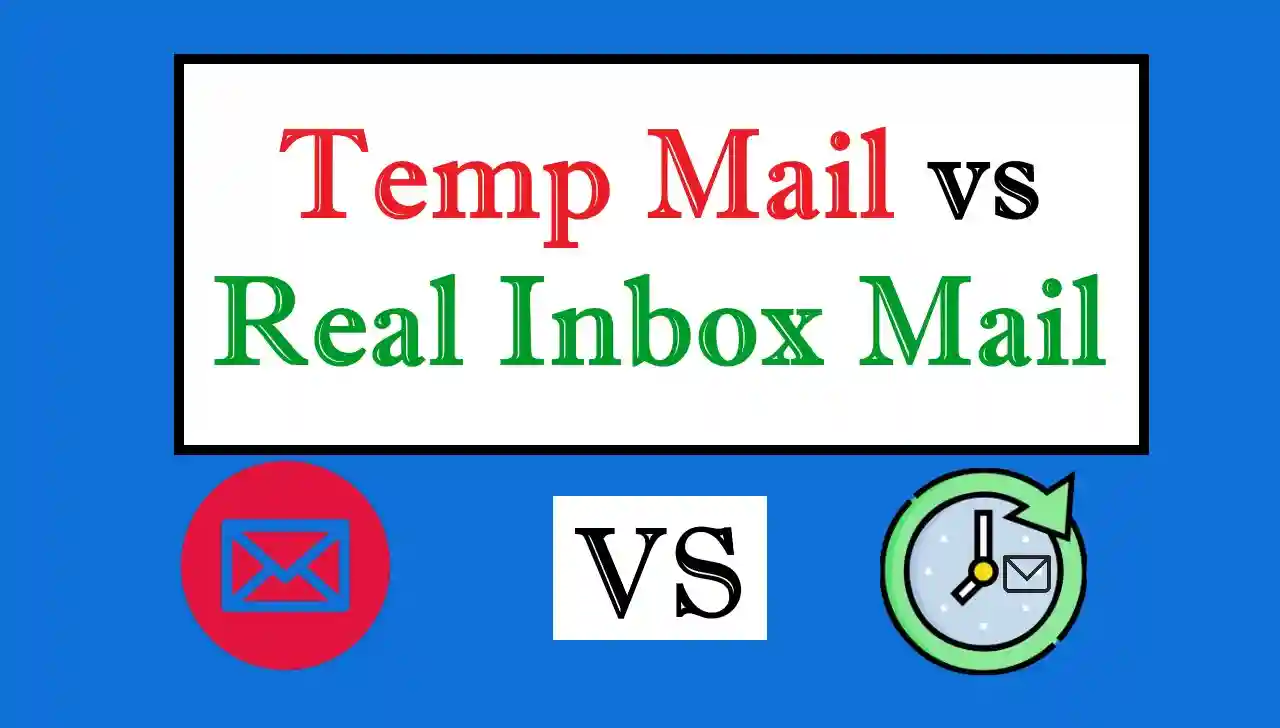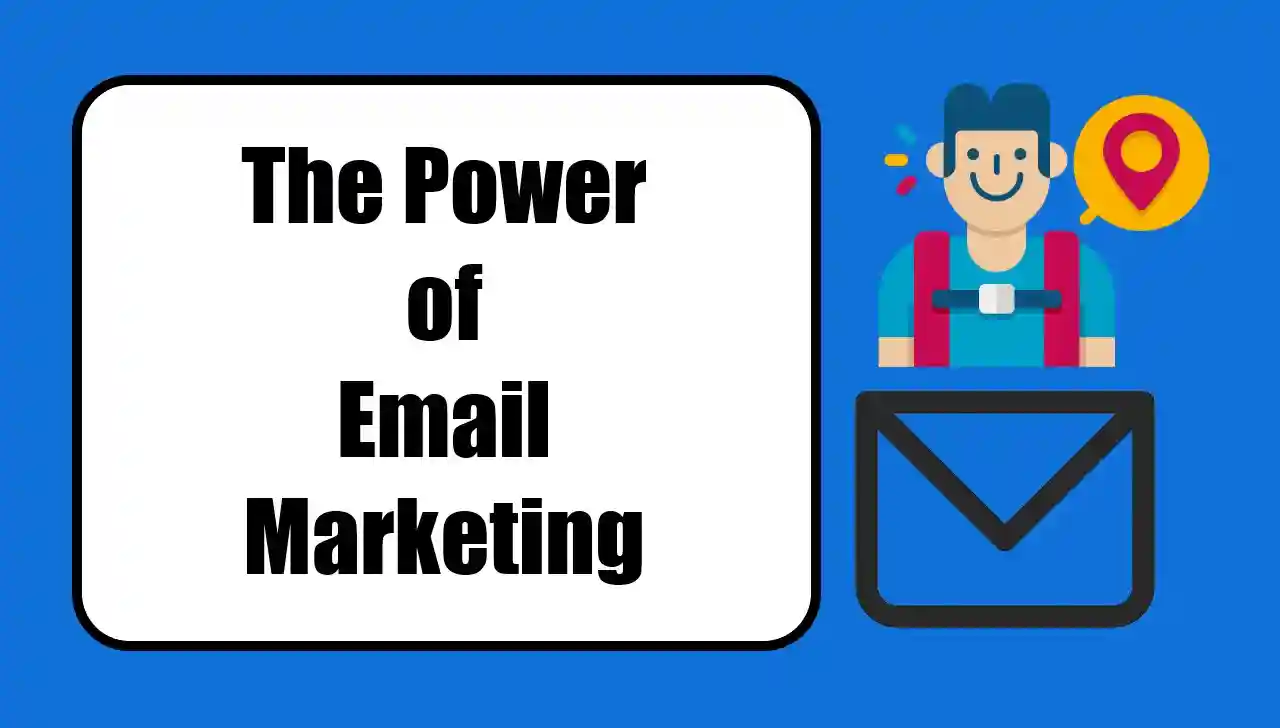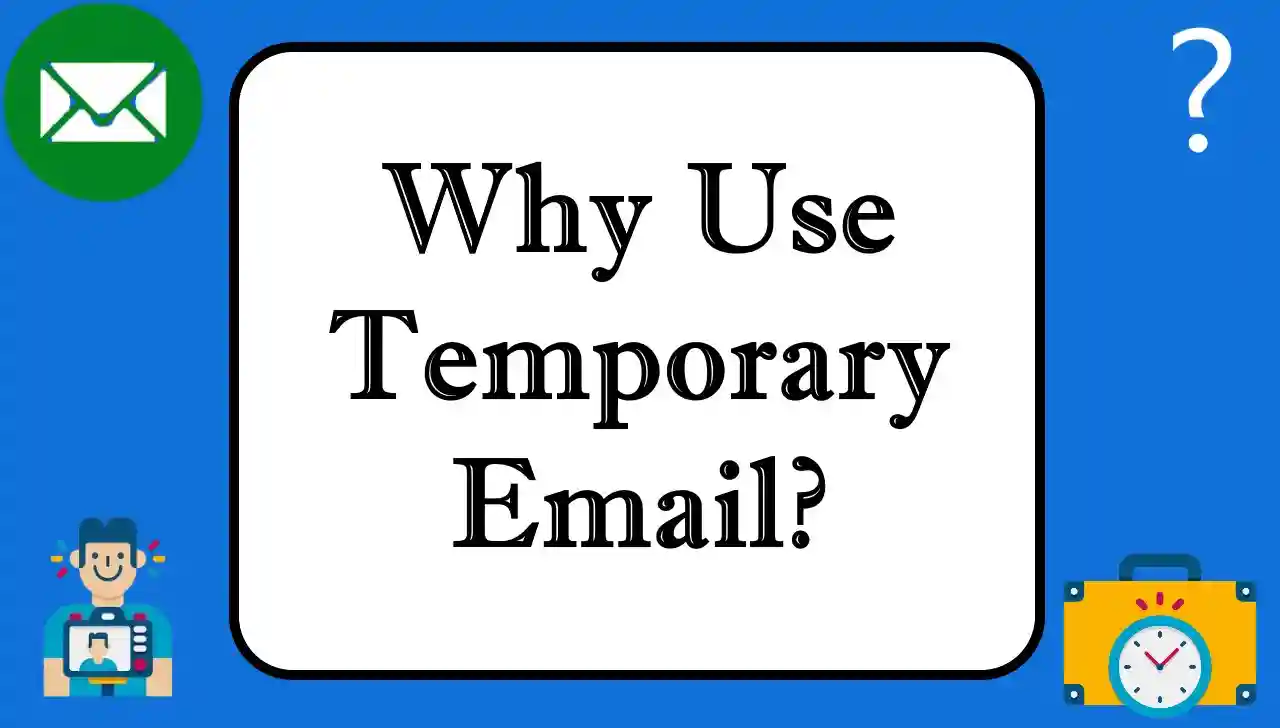Now in the digital age electronic mail is one of the means of communication used most. There are real messages that are sent through the emails, but we get so much unwanted emails in our emails inbox. Also known as junk or spam emails, these is unwanted emails. You’ve probably seen them, but most of us have no idea why some emails end up in the junk or spam folder.
So, in this article, we are going to take a deeper perspective of what these emails prove are crashed at the junk or spam filter but which eventually help you to avoid the situations in the future. Reading through the rest of this guide will give you an understanding of how your email ends up sorted and how your email servers, algorithms, even your actions at any point in the process, effect it.
What Are Junk Emails?
A junk email (or spam email) is an unwanted, irrelevant or even hazardous email that you get on your inbox. Such messages are sent by bulk by Marketers, hackers or malicious software to push a product, steal information or disrupt your workflow. Promotional ads, phishing attempts, and other unwanted solications are the most common type of junk email.
Gmail, Outlook, Yahoo! all of these email services have automatically directing their junk emails into one or two folders so they aren’t overloading you with no purpose emails. This really is a really good feature, but it’s important to understand how this filtering system works in the face of such factors.
Why do I Keep doing this to myself and end up with emails in my Junk Folder?
Knowing why an email is marked as junk or spam is essential for email senders, and email receivers alike. Starting with the Email Servers getting configured, the content of the message, also the Email Provider’s Algorithm.
1. Server Configuration Issues
When you send an email, your email passes through several email servers to get to its final destination. And that's because if your email server is not properly configured it will get flagged as spam. This is one example of such that if the server doesn’t have the right authentication information, or it has been blacklisted for sending spam something it did earlier, then the probability is higher that your email will go to your spam folder.
Now think if you send an email to a server who is not correctly set up! Even if youre sending legit content, even your server’s reputation can be such that your email servers will mark your message as spam. This issue may arise when your personal email server (or a third party email service, if no appropriate settings are configured) isn’t set properly.
2. Malicious or Suspicious Email content
Spam really is spam, and if something is suspect or malicious, it will get flagged for you. For example, email providers will immediately display an alarm bell if an email contains links to phishing sites or malware. One prime example of ways scumbags (or scamdemic as it is known to the NHS) use to their advantage is by hacking, comprimising, or spoofing your email account, and sending you what they think you will accept without question; an obviously fake email from the bank or news channel.
If you receive an email from an unknown sender, especially one containing a link to a suspicious website or offering deals that seem "too good to be true," it’s likely that the email will end up in the junk folder. This is particularly true if the email contains spam words or phrases commonly used by spammers, such as "100% guaranteed," "instant money," or "online income."
3. Spam Trigger Words
Certain words and phrases flagged my email as junk by spam filters. These spam words include phrases like "make money fast," "get rich quick," or "free gift." In some cases these words can seem harmless but most often they are used in the spam emails trying to catch those naive victims hook, line and sinker into clicking on or sharing some of the sensitive stuf.
If you are sending emails for legitimate purposes, it’s not a bad idea to avoid words or phrases that could be used for spam. Even the structure and format of your email matter a bit. Too many capital letters, excessive punctuation (like multiple exclamation marks), or the use of words like "free" can all increase the likelihood of your email being marked as spam.
4. Multiple emails sent in a short span of time
The longer time between sending the emails, the more comprehensive your chance is of your email being flagged as spam. Bulk emails are therefore detected if they are coming from one IP address or the domain, via email servers created to detect such emails sent in a very short time span. Once on with marketing campaigns, a sender will typically send hundreds or even 1000s of emails in seconds.
Spam filters get suspicious about bulk email sends since spammers occasionally make use of them in order to stuff inboxes with unwanted content. If you sent too much of your emails within a very short period of time, your email service provider will put your email into the junk folder because it thinks you have been sending many emails.
5. Email Sender Reputation
Most likely, email servers check the sender’s email reputation. If the sender has a reputation for spammers or if the email server being used has a spammers rep the likelihood of email getting to email inbox can become dramatically less. It is why email deliverability is so important when you email often.
One, for instance, if your email domain has been blacklisted for spam solving some time ago, then from now on, all mail sent from the domain is tagged as spam, regardless of the content of the email.
6. Artificial Intelligence, Algorithms
Today, the most of the service providers of emails employ artificial intelligence or machine learning algorithms for filtering junk emails. When these algorithms are updated, new patterns in non-spam, unwanted emails are identified. Also, it considers a multitude of parameters — the subject line of the email, the sender’s email reputation, the content of the email, and the recipient’s behaviour (e.g. opened email, marked it as spam, did not open) — to determine whether or not to deliver the email.
Although these patterns exist, in other cases some people can make mistakes and email something that is perceived as spam and doesn’t fit these patterns. As AI matured, these algorithms got good at telling pretty accurately the difference between a legitimate email and junk.
Preventing email from going to Junk If you're concerned about your emails being marked as spam, there are several ways to ensure your messages land in the inbox:
1. A Trusted Email Service Provider can be useful, but.
One good email service provider and one with good sender reputation is a great way to avoid your emails being marked as spam. These providers provide email deliverability with its tools and features that makes it easier to optimise email deliverability.
2. Authenticate Your Emails
Check the setup of your email server (in particular ensuring protocols such as the SPF (Sender Policy Framework) and DKIM (DomainKeys Identified Mail) are set up properly). These are tools to make sure your email is ready to go and cut down on the chance you’ll be labelled as spam.
3. Avoid Spam Trigger Words
But you’ve been told before you should be very conscious about the words you use in your emails. Avoid using terms that are commonly associated with spam, such as "free," "guaranteed," or "limited offer."
4. Ask Subscribers to Add Your contact to your address book
For those of you emailing your subscribers or clients to include your email address in their address book. That prevents your emails from getting blocked or the other way, to the junk folder.
5. Practice of Check Your Email Sending
For emails you send to a greater number of people, then scatter it out in time and email to relevant, targeted people. It won't get replied to if you send too much email too quick, but as it is ALL email will typically trigger spam filters.
Conclusion
Spam, as junk emails are known, doesn’t make up a pretty part of the digital communications landscape. It then becomes you to take steps actively to stop the emails from being considered junk or spam. It doesn’t matter whether this is getting your email server set up correctly, employing AI tools to improve your email deliverability, or not using spam trigger words. Best practices of email marketing and communications will work in preventing you from getting added into the dreaded junk folder.




